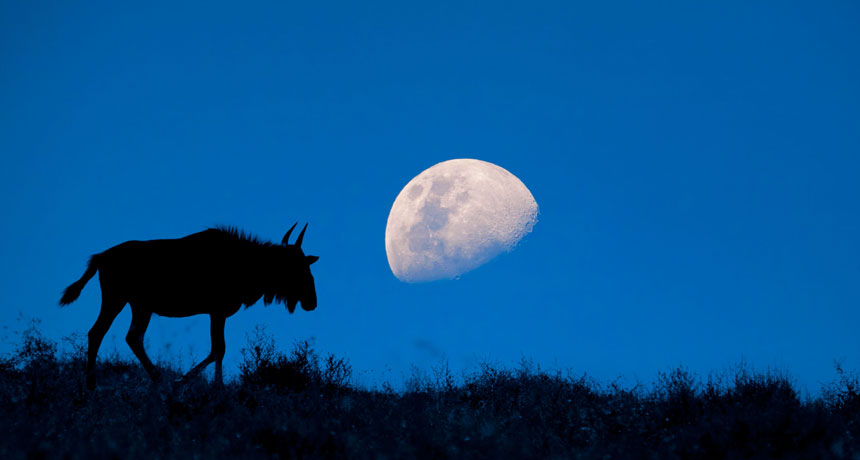UPANISHAD MANDUKYA : Chapter-1. Agama Prakarana :Upanishad Mantram-7 : Karika Mantram-s 10 to 18 : Karika Mantram -12.

================================================= ------------------------------------------------------------------- 01/05/2020. Mandukya Upanishad : Chapter-1. Agama Prakarana ( The Scriptural Treatise ) Sri Gaudapada's glossary : Upanishad Mantram-7. Karika Mantram-s 10 to 18. Karika Mantram-12. ====================================== Sri Gaudapada - (c. 8th century CE) (also referred as Shri Gaudapadacharya) was a very early guru in the tradition of Advaita Vedanta school of Hindu philosophy. He is traditionally said to have been the grand-guru of the great teacher Adi Shankara, one of the most important figures in Hindu philosophy and also believed to be the founder of Shri Gaudapadacharya Math. -------------------------------- Karika Mantram - 12. Na "tmanam na params-caiva na satyam napi canrtam, prajnah kincana samvetti turyam tat sarva-drk sada. --------------------------------- Translation - by word na atmanam = neither himself,












